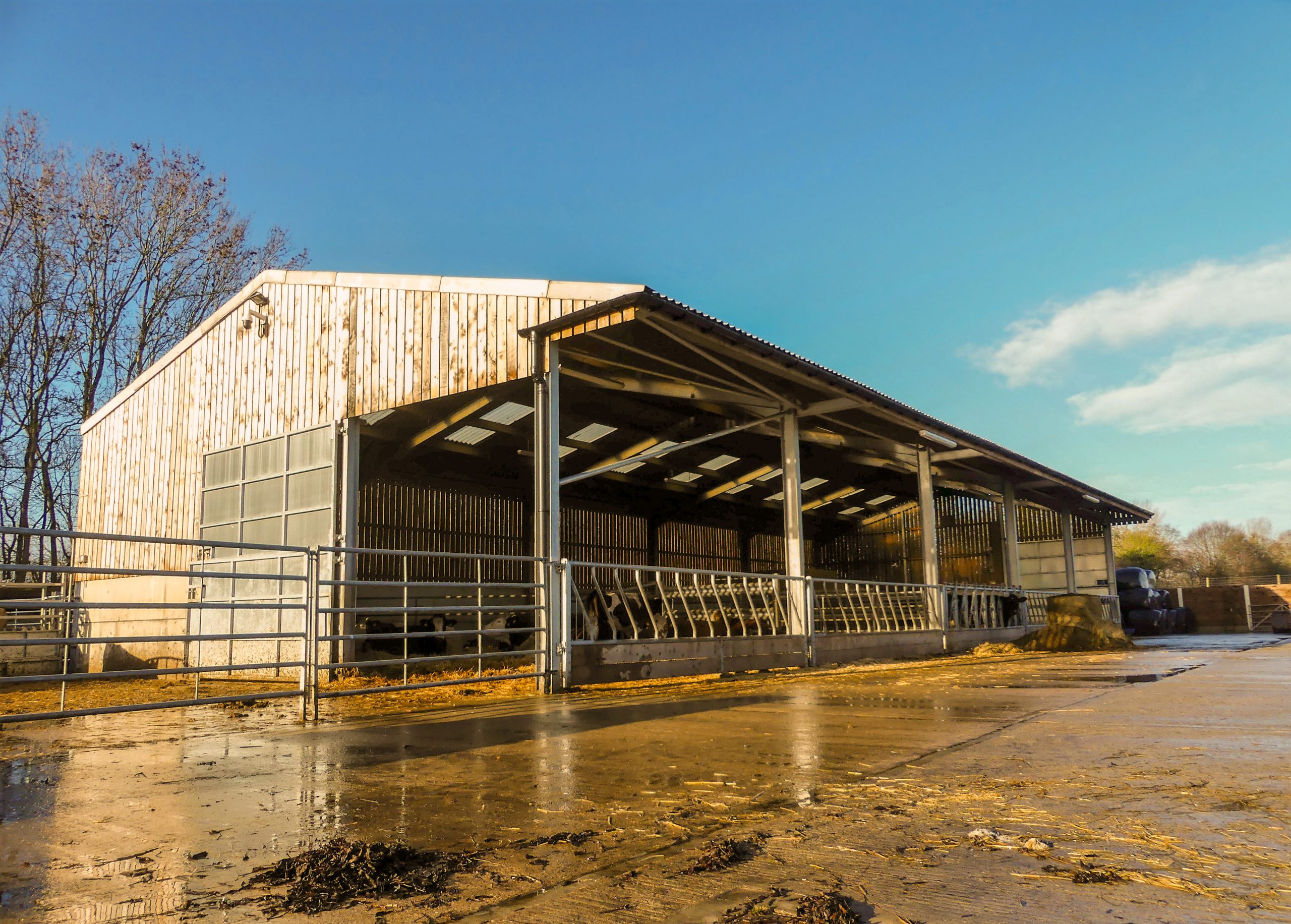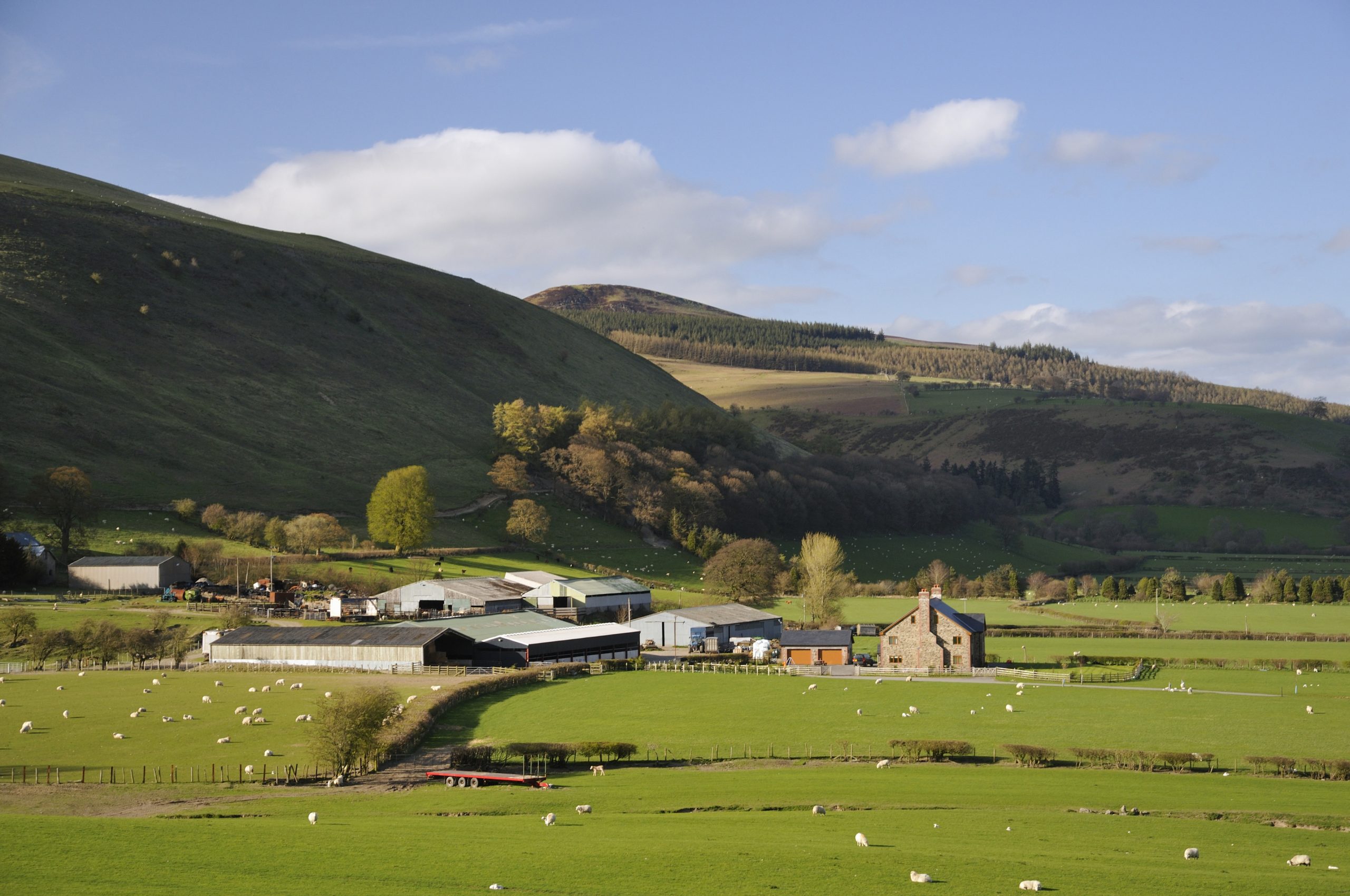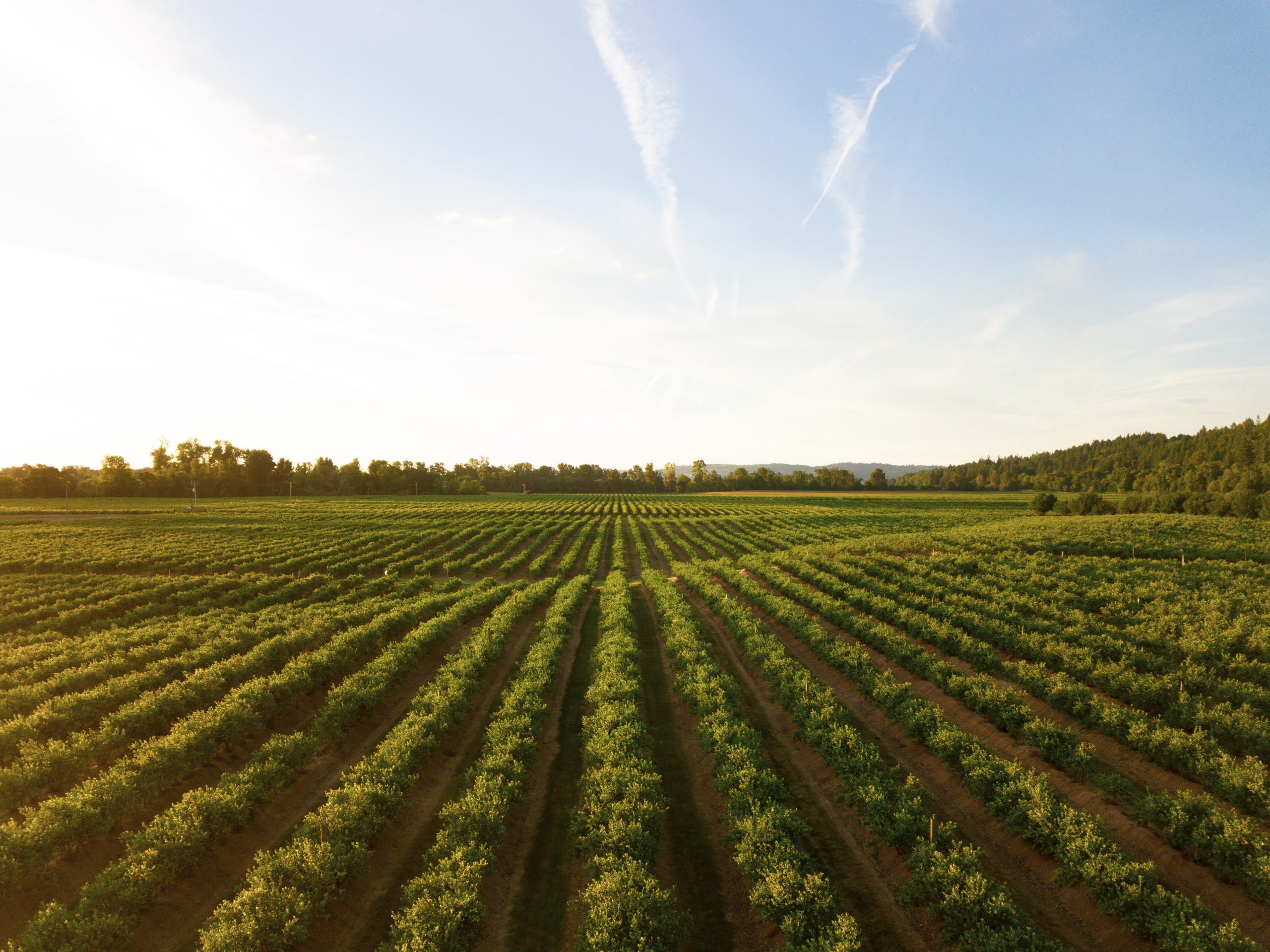Publication
How can data linking support the delivery of a new agricultural policy in England? A Defra perspective

Dave Fernall, statistician in the Defra (Department for Environment, Food and Rural Affairs) Farming Statistics team and lead for the Administrative Data | Agricultural Research Collection (AD|ARC) project in England, shares his personal views on how the project supports Defra’s agricultural policies.
Setting the scene
There is a lot to like about farming. There is also a lot to respect about farmers and their families. By the very nature of agriculture, farms tend to be remote and in rural, sparsely populated parts of the country which also tend to be less prosperous, with fewer employment opportunities. The work is often physically demanding with long days and early starts; while farmers need to be independent and self-reliant. For family farms, the family home is woven into the fabric of the business, but as a result, if the business fails the family may lose their home where generations before them have lived and worked.
Farming it also at the mercy of a number of key factors outside the control of the industry itself or individual farmers. Most obvious is the weather, but commodity prices, oil price, consumer demand and global trade issues can all change quickly and with very little warning. Whilst all these factors help create the unique farming lifestyle and the potential rewards that come with it, they also bring with them a unique combination of pressures and challenges.
Why is data linkage helpful?
The first full agricultural census was carried out in 1865, so Defra and its predecessors have held reliable data on farms for over a century and a half. The census – and more recently the annual surveys that have replaced it – provide reliable and detailed statistics on land use, crop areas, livestock numbers and labour. However, we know that, often, other family members do unpaid work on the farm, have other off-farm occupations, or juggle off-farm work with farm activities. But do they work on the farm because they enjoy it, or is it vital for the viability of the farm business? And similarly, if they hold down other jobs off the farm, is this by preference or necessity?
By joining up agricultural census data on the farm business with data on the household (age, occupation, education, health) we expect the AD|ARC datasets to give us insights into questions such as:
-How do the pressures of farming impact on the lifestyle, health and wellbeing of farm households?
-Are those pressures directly due to farming itself or other factors linked to farming? If it is the latter, what do we know about or can we learn from other businesses or households facing those pressures?
-What is the nature of the impacts on health and wellbeing? Is it the tough physical demands that take their toll or can the constant long-term pressures of factors outside their control be damaging to mental health?
-Are some farms and their households more resilient than others to these pressures and if so, is this linked to systematic differences in how they are run or just individual differences between the people involved?
-Are there strategies to better manage the pressures or is it about how farmers and their families respond to those pressures?
What next?
As a statistician who rarely gets to set foot on a farm, it is all too easy to focus on delivering the technical solution when, in reality, that should only be seen as the start of the process. In my view, the ultimate success of AD|ARC datasets should be judged on how the data are used and whether this makes a difference in the real world. So with that in mind we are engaging as fully as we can with the farming community, their representatives and indeed all stakeholders, working closely with them to ensure analysis of the data feeds into as much decision-making as possible.




